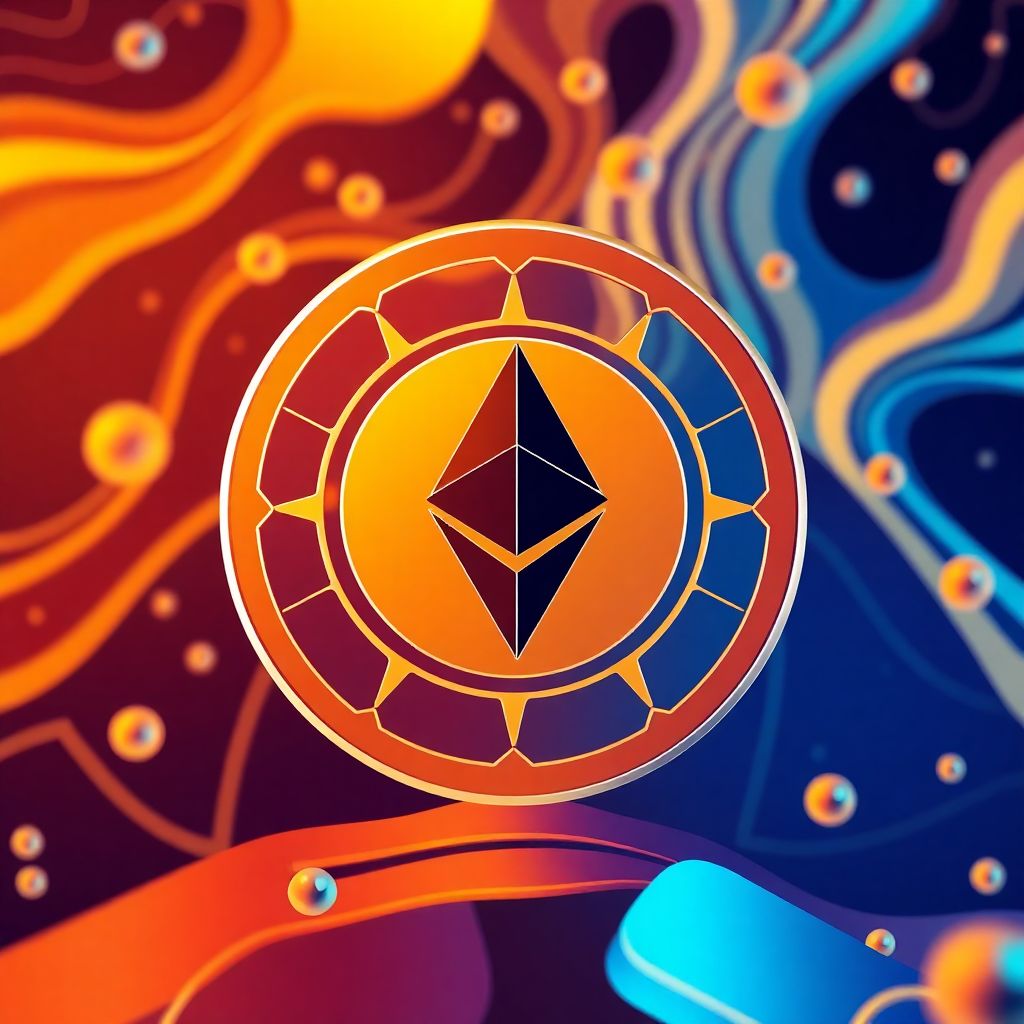Arbitrum has recently outshined Ethereum in terms of capital inflows, yet its native token, ARB, continues to underperform on the price charts. Despite boasting robust on-chain activity and surging usage metrics, ARB’s market price fails to reflect these strengths, raising questions about what’s holding the token back and what could catalyze a potential turnaround.
Over the past three months, Arbitrum recorded inflows of $28 billion—$10 billion more than Ethereum during the same period. This surge in liquidity underscores growing investor interest and confidence in the network. It also places Arbitrum ahead of other Layer-2 solutions and competing blockchains like Starknet, Solana, and BNB Chain, which saw inflows ranging between $1 billion and $3.5 billion.
Arbitrum’s fundamentals are undeniably strong. The network has processed over 2 billion transactions to date, signaling widespread adoption and scalability. Decentralized exchanges (DEXs) operating on Arbitrum have also experienced a boom, with overall trading volume reaching a six-month peak of $567 billion. Daily DEX volume has also hovered around $15 billion, underscoring consistent user engagement.
Further strengthening its position, Arbitrum achieved a significant milestone in network revenue. According to Token Terminal, the platform generated $3.8 million in fees and revenue over the past 30 days—a 90% surge. This growth stems from increased activity across decentralized applications (dApps) and a broader rise in transaction throughput. Additionally, daily active users recently rose to 267,300, while the number of active addresses remained steady at approximately 3.9 million.
Despite these promising developments, the ARB token remains stuck in a prolonged downtrend. Since the beginning of the year, ARB has shed more than 54% of its value. At the time of writing, the token was trading around $0.3177—just below the midpoint of a large four-hour candle formed during the October flash crash. This level has proven to be a resistance zone, as ARB has struggled to build upward momentum even while other altcoins have recovered.
Technical indicators suggest a potential turning point may be near. The MACD indicator points to waning selling pressure, hinting that bears may be losing control. However, for any meaningful upward move to materialize, ARB must first break out of its current trading range. A sustained move above $0.36 could act as a trigger, paving the way for a rally toward $0.46. On the flip side, a drop below $0.30 would expose the token to further downside, possibly retesting support at $0.29 or lower.
So, why has ARB’s price lagged despite Arbitrum’s network strength? One explanation lies in broader market conditions. Cryptocurrency markets remain vulnerable to macroeconomic uncertainty, regulatory developments, and shifting investor sentiment. These factors often overshadow individual project performance, stifling price growth even when fundamentals are strong.
Another factor is the token’s inflationary emissions. ARB’s tokenomics include vesting schedules and incentives that may increase supply pressure in the market. Even with rising adoption, this influx of tokens can suppress price gains unless met with equal or greater demand.
Additionally, while Arbitrum’s low fees and fast transaction speeds attract users, these characteristics alone don’t guarantee token appreciation. Investors are still waiting for ARB to establish a clear use case or value accrual mechanism that directly links network activity to token demand.
Looking ahead, several catalysts could shift market dynamics in ARB’s favor. A resurgence in DeFi interest or a broader altcoin market rally could lift sentiment. Strategic partnerships, improved token utility, or governance developments may also enhance investor confidence.
Institutional adoption is another potential game-changer. If Arbitrum can attract major DeFi protocols, NFT marketplaces, or Web3 infrastructure providers to build exclusively on its network, it could create a stronger connection between ecosystem growth and token value.
In conclusion, Arbitrum’s high transaction volume, rising revenues, and growing user base paint a picture of a thriving network. Yet the ARB token remains undervalued in the eyes of many, burdened by technical resistance and market uncertainty. For ARB to break free from its downward trajectory, it will need a combination of improved sentiment, technical confirmation, and a stronger narrative that ties its ecosystem success to token appreciation.
Until then, ARB will likely continue to trade sideways, caught in the disconnect between its network performance and lackluster price action. However, if support holds and the broader market begins to recover, the stage could be set for a breakout—one that finally brings token value in line with Arbitrum’s on-chain strength.

